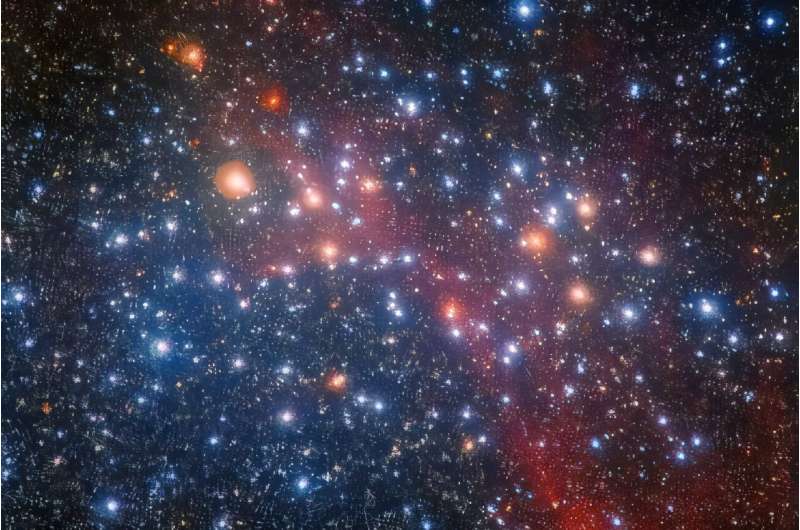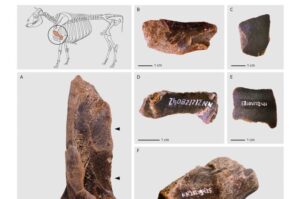
On July 2, 2025, researchers from the University of Toronto unveiled a groundbreaking artificial intelligence model named ChronoFlow, which utilizes stellar rotation rates to estimate the ages of stars with unprecedented accuracy. This innovative approach, detailed in The Astrophysical Journal, marks a significant advancement in the field of astronomy, where determining stellar ages has long been a complex challenge.
Astronomers have traditionally struggled to ascertain the ages of stars, as direct observation does not suffice. The new model, developed by a team led by Phil Van-Lane, a Ph.D. candidate in the university’s David A. Dunlap department of astronomy and astrophysics, leverages machine learning to analyze a comprehensive dataset of rotating stars in clusters. This approach allows the model to predict changes in a star’s rotation speed as it ages, achieving a level of precision previously unattainable with traditional analytical models.
Innovative Approach to a Long-standing Challenge
The development of ChronoFlow draws on two established methods for estimating stellar ages. First, it considers the tendency of stars to form in clusters, enabling researchers to estimate the age of all stars in a cluster by observing the evolutionary stages of its higher mass stars. These stars evolve more rapidly than their lower mass counterparts, offering a reference point for age estimation.
Additionally, the model accounts for the well-understood phenomenon where a star’s rotation slows over time due to the interaction between its magnetic field and stellar wind. However, quantifying this process with a simple mathematical formula has proven difficult, making ChronoFlow’s machine learning approach particularly valuable.
Building the Largest Catalogue of Rotating Stars
To develop ChronoFlow, the University of Toronto researchers compiled the largest-ever catalogue of rotating stars in clusters, encompassing approximately 8,000 stars across over 30 clusters of varying ages. This extensive dataset, sourced from stellar surveys such as Kepler, K2, TESS, and GAIA, was instrumental in training the AI model to predict the evolution of stellar rotation rates.
“Our methodology can be likened to trying to guess the age of a person,” explains Josh Speagle, an assistant professor of astrostatistics who guided the project. “In astronomy, we don’t know the ages of every star. We know that groups of stars have the same age, so this would be like having a bunch of photos of people at different ages, then having someone hand you a new photo and ask you to guess how old that person is. It’s a tricky problem.”
Implications for Astronomy and Beyond
The success of ChronoFlow has far-reaching implications for various aspects of astronomy. Accurately determining stellar ages is crucial for understanding not only the life cycles of stars but also the formation and evolution of exoplanets. Furthermore, it provides insights into the historical development of our own Milky Way galaxy and others.
The model’s demonstrated ability to yield valuable insights into astrophysical problems underscores the potential of machine learning in the field. “The first ‘Wow’ moment was in the proof-of-concept phase when we realized that this technique actually showed a lot of promise,” Van-Lane remarked, highlighting the innovative nature of their work.
Public Access and Future Prospects
In a move to foster further research and collaboration, the ChronoFlow model will be made publicly available, complete with documentation and tutorials for anyone interested in inferring stellar ages from observations. The code is accessible on GitHub, inviting astronomers and researchers worldwide to explore its capabilities and contribute to its development.
Phil R. Van-Lane et al, ChronoFlow: A Data-driven Model for Gyrochronology, The Astrophysical Journal (2025). DOI: 10.3847/1538-4357/adcd73
As the field of astronomy continues to evolve, the integration of artificial intelligence models like ChronoFlow represents a significant step forward. By providing a more accurate method for estimating stellar ages, this innovation not only enhances our understanding of the cosmos but also opens new avenues for exploration and discovery.






